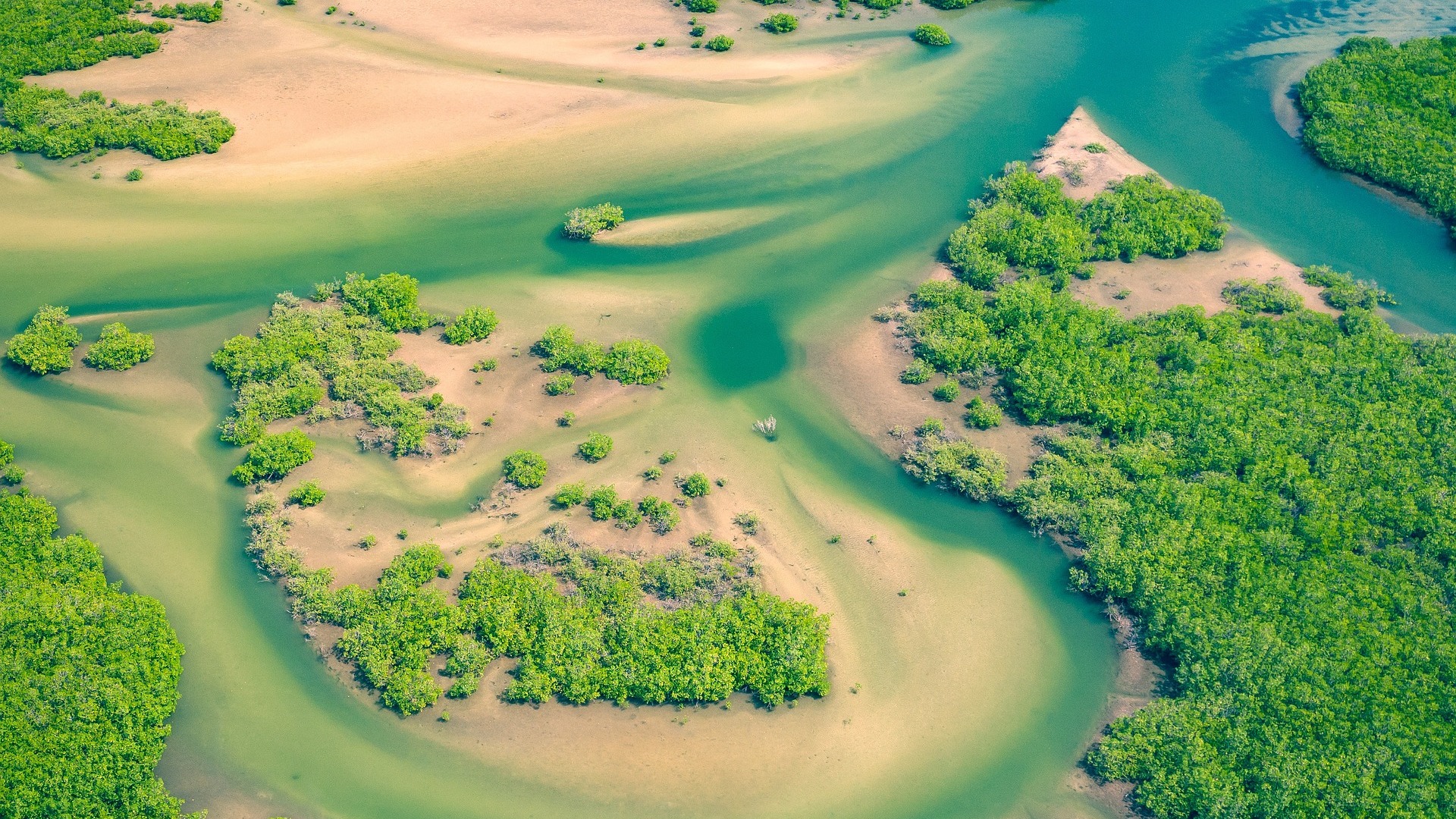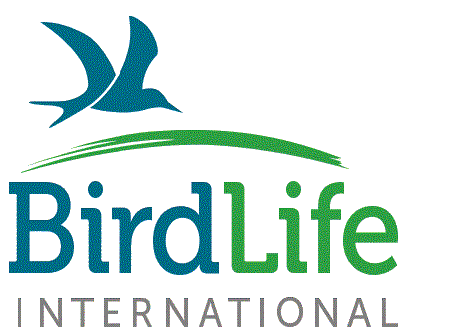Dates / Project duration
June 2022 - May 2025 / 3 years
Conservation of endangered species
Monaco

Senegal
Birdlife International
?The East Atlantic Flyway comprises a network of sites from the Arctic to southern Africa where migratory birds find refuge; the coastal wetlands of West Africa are critical in this regard. Millions of birds depend on these areas as vital stopover or breeding sites, while the surrounding communities depend on them for their livelihoods. Senegal is a crucial crossroads on the flyway and the Senegal River Delta, a transboundary biosphere reserve (with Mauritania), is one of two priority wetland landscapes for conservation due to their biodiversity and the magnitude of the threats they face.
This is particularly true for the Tocc Tocc Community Nature Reserve and the Great Lake Guiers in Senegal, which provide critical habitat for migratory birds on their journey along the East Atlantic Flyway. This wetland provides vital ecosystem services to thousands of local people, including livelihoods (fishing, irrigation, animal husbandry, ecotourism), as well as being the main source of drinking water for millions of urban residents.
However, the provision of these multiple co-benefits is threatened by unsustainable resource use and the expansion of Typha, an invasive aquatic plant that restricts fishing access and limits foraging habitat for waterbirds, reptiles, and mammals.
A change in the discourse around Typha could bring direct benefits to local communities who, until now, have not received any compensation for its removal. This project helps them to value Typha into charcoal briquettes as an alternative fuel and source of income, reducing their dependence on firewood and increasing their income. It also builds on past efforts to develop ecotourism and improve visitor facilities.
By increasing the value of sustainable resource use and empowering local communities to monitor and manage the area, the project is timely to support the implementation of the reserve management plan approved in early 2021 and sustain its effects. It will also fill knowledge gaps about the importance of the lake and map threats to guide future conservation actions.


